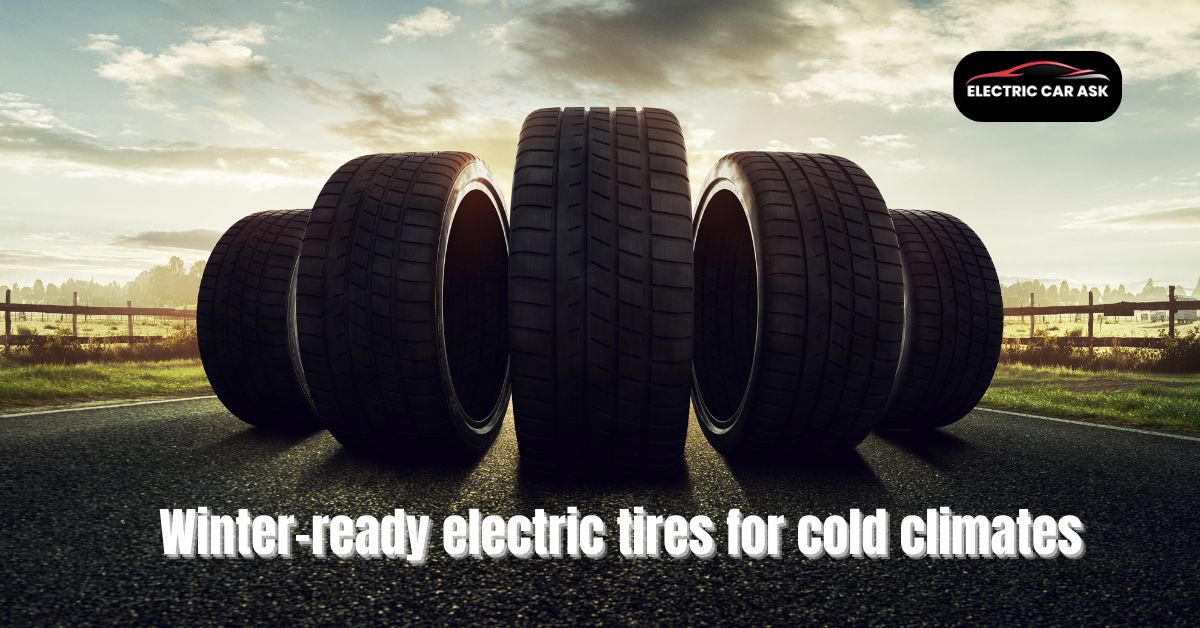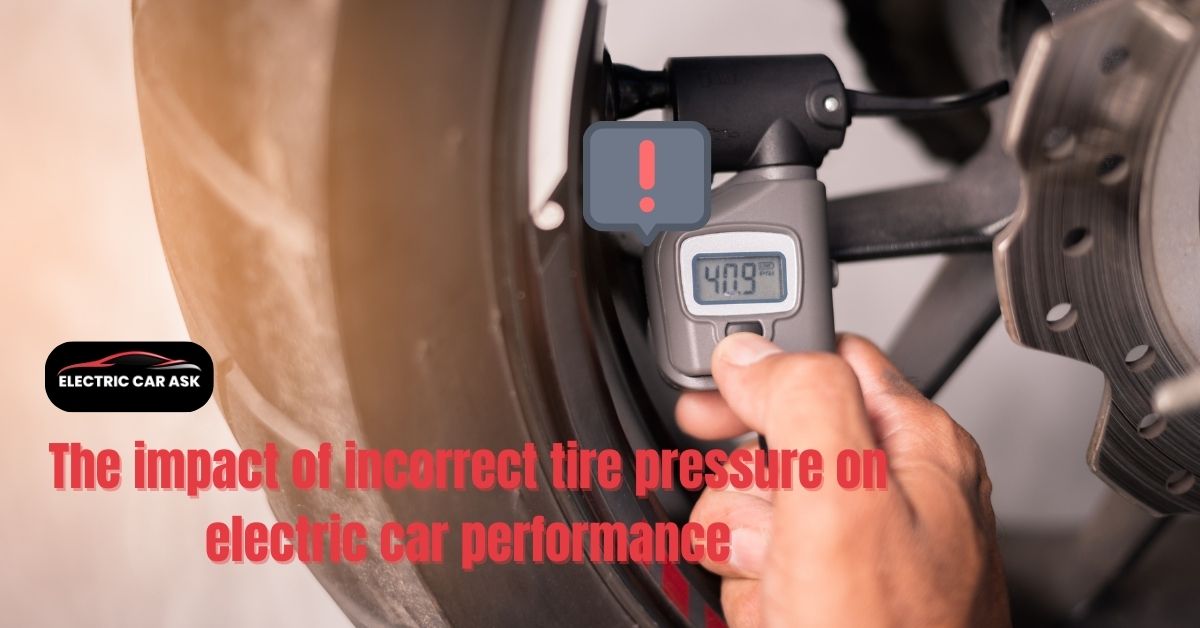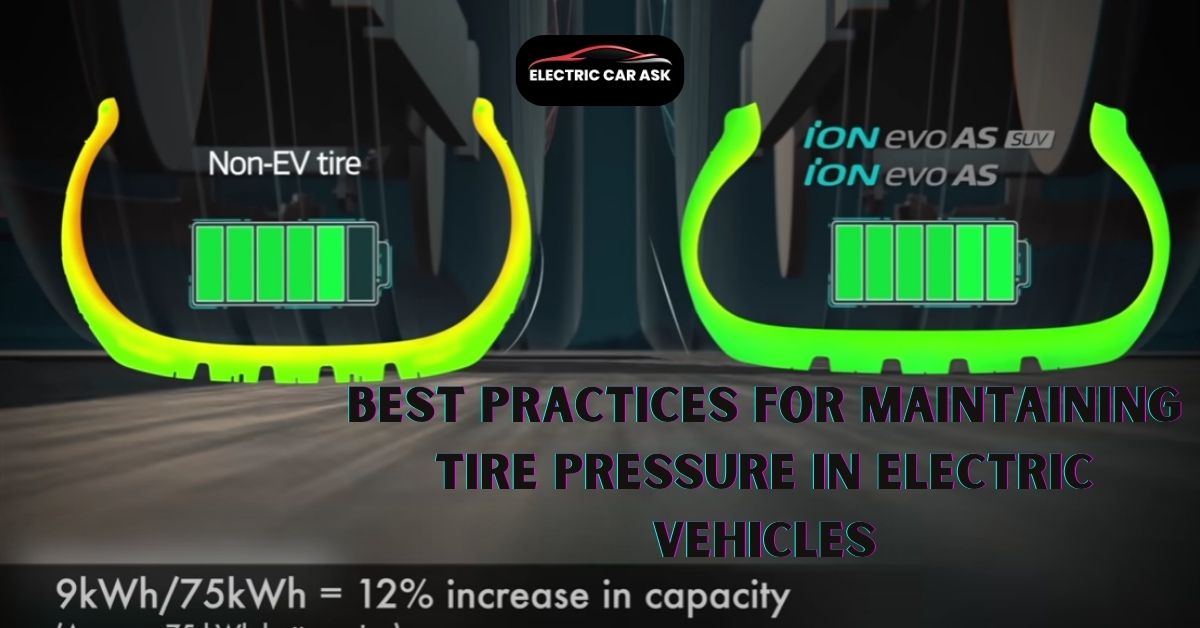To make an electric car large amount of energy is used. This is a complex and several-step process. This process is divided into many parts and each stage needs a significant amount of energy to complete the process. This process has stages: battery production, vehicle assembly, and the extraction and processing of raw materials. Each stage needs energy to make an electric vehicle. The energy that is required to make an electric car is quite essential to understand because it can help to assess the sustainability and impact of EVs compared to traditional internal combustion engine (ICE) vehicles.
Consuming Of Energy in Different Steps to Make an Electric Car:
Battery Production:
Production of the battery is the most significant part of the electric vehicle. Mainly lithium-ion batteries are used to make electric cars. The energy that is consumed to make a battery depends on several factors: the size of the battery, the specific chemistry used, and the efficiency of the manufacturing process.
Generally, electric vehicle battery pack ranges from 70 kWh to 100 kWh in capacity. It takes around 14,000 to 55,000 kilowatt-hours (kWh) of energy to produce a battery. Different manufacturing plants use a variety of production methods and energy sources that why there is a wide range in energy consumption.
Battery consumption of manufacture also differs for the refining of raw material used to make batteries, building the battery cells, and assembling them into battery packs.
Vehicle Assembly:
Vehicle parts assembly for electric cars also requires energy. In this process, different types of components of the vehicle body, chassis, electric motor, and other components are put together to make an electric car.
Around 8,300 to 14,000 kWh of energy is estimated to be required for the assembly of an electric vehicle (not including the battery). Energy can vary because of the manufacturing processes such as stamping, welding, painting, and final assembly. To efficiently manufacture an electric vehicle is a complex manufacturing process that needs a huge amount of energy.
Raw Material Extraction and Processing:
Battery consumption of manufacture also differs for the refining of raw material used to make batteries, building the battery cells, and assembling them into battery packs.
Another major energy consumption process is the extraction and processing of raw materials for electric vehicle production. Raw materials like metals, steel, aluminum, and plastics are used in batteries along with the manufacturing of the vehicle’s structure and components.
A considerable amount of energy is consumed in the mining operation for the raw materials lithium, cobalt, nickel, and other battery materials. For example, cobalt is often found in regions extracting it from there is inefficient and environmentally damaging. Refining and purifying the material also takes a considerable amount of energy. This phase can take an estimated up to 2,800 to 5,600 kWh total energy consumption.
Total Energy Estimate for EV:
The total energy required to produce an electric vehicle after combining all the factors can be considerable. Summarizing the different stages:
Battery Production: 14,000 to 55,000 kWh
Vehicle Assembly: 8,300 to 14,000 kWh
Raw Material Processing: 2,800 to 5,600 kWh
The overall energy required to produce an electric car ranges from 25,100 to 75,600 kWh. This wide range can show variability in energy consumption based on manufacturing factors such as battery size, efficiency, and the energy mix of the production facilities.
Comparison Between EV And ICE Vehicles Energy Consumption:
To get a better understanding, Comparing the energy required to produce an electric vehicle and a traditional internal combustion engine vehicle will be helpful. The main difference lies in battery production for EV and ICE vehicle’s energy consumption.
A conventional ICE vehicle’s consumption of the total for production is generally less than an electric vehicle because of the lack of a large battery pack. However, this investment in battery packs can be useful for the long-term energy efficiency and emissions of electric vehicles.
Over the vehicle’s lifetime, electric cars need lower operating energy consumption and emissions compared to ICE vehicles because of the efficient conversion of the energy from the power source to the wheels and can utilize renewable energy sources. On the other hand, ICE vehicles rely on fossil fuels with higher associated emissions and lower efficiency.
Conclusion:
The process of making electric vehicles is an energy substantial. It is mainly due to battery manufacturing components. The total energy required to produce an electric car can range from 25,100 to 75,600 kWh. Even if it consumes a lot of energy, it gives advantages in the long run. Its efficiency and energy emission reduction are a lifelong commitment. Technology advances decrease the energy consumption for the manufacture of the electric vehicle and increase the efficiency along with many more enhancing benefits.



